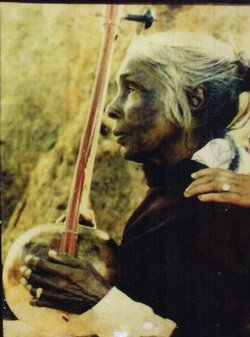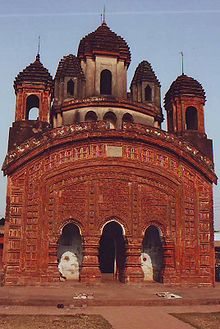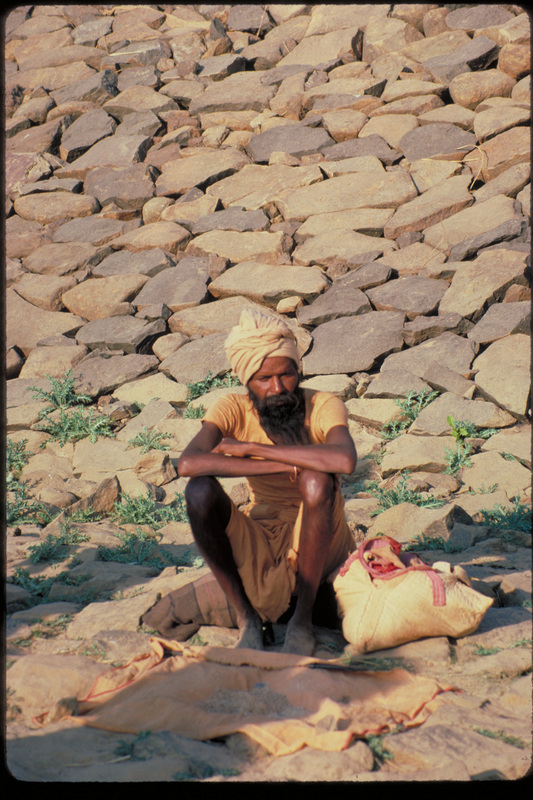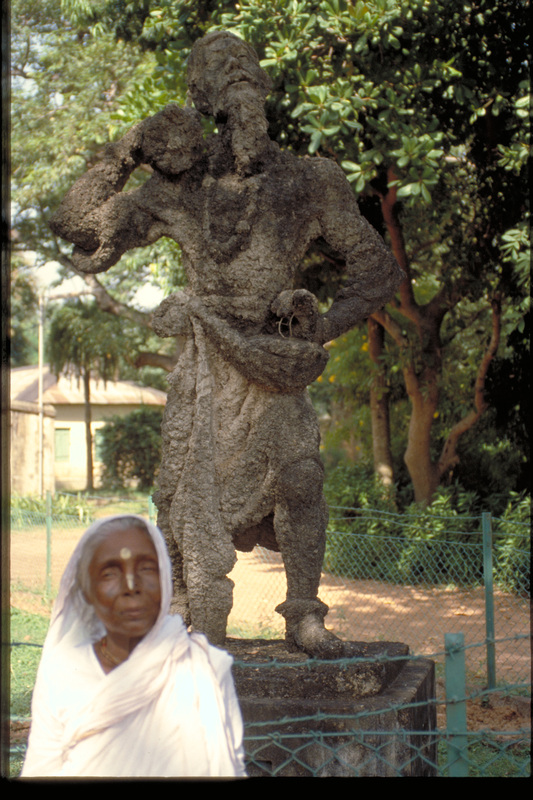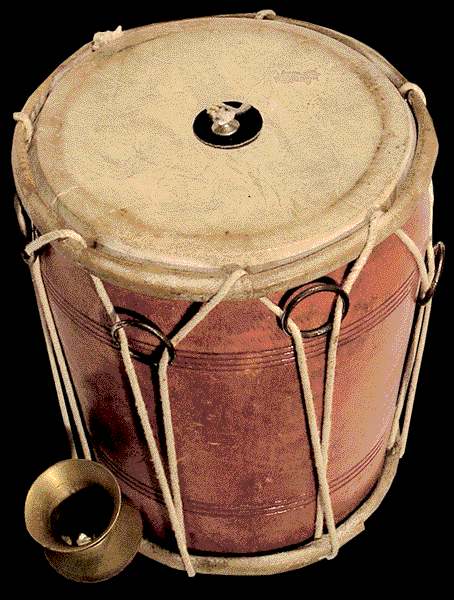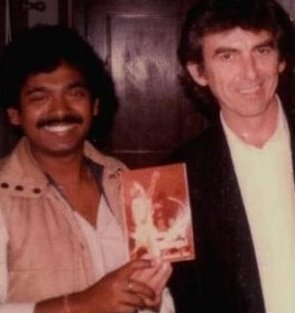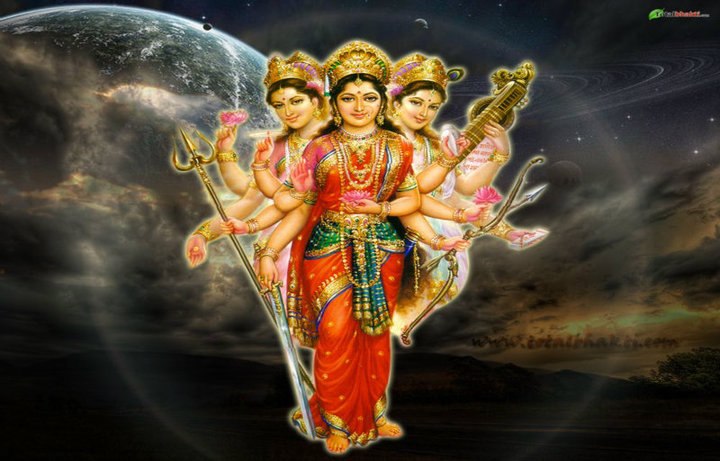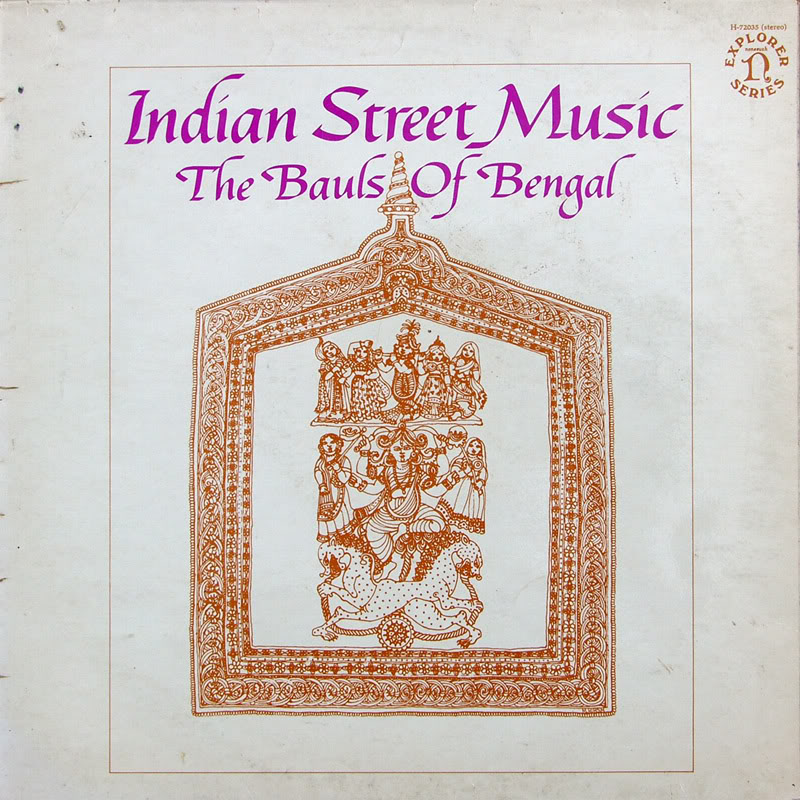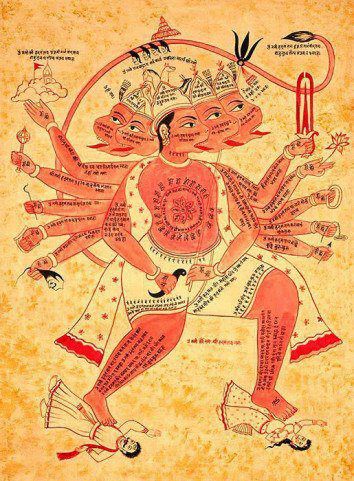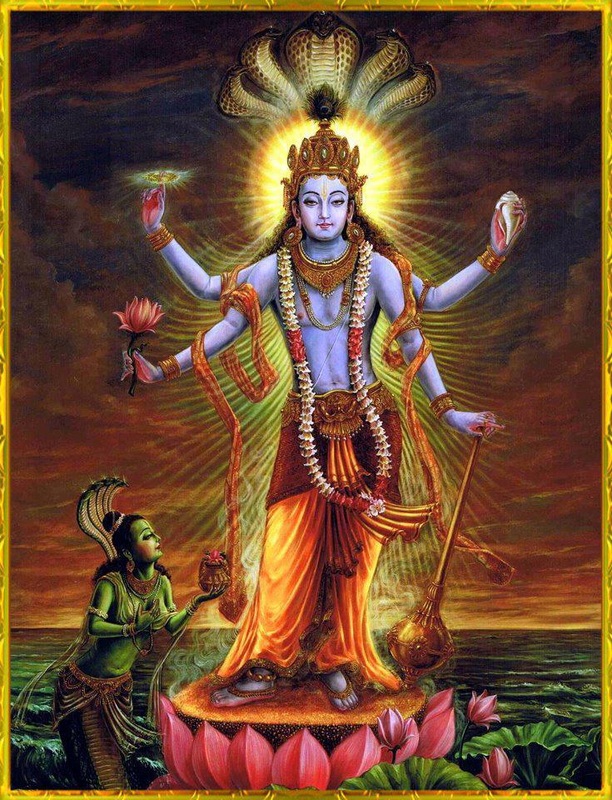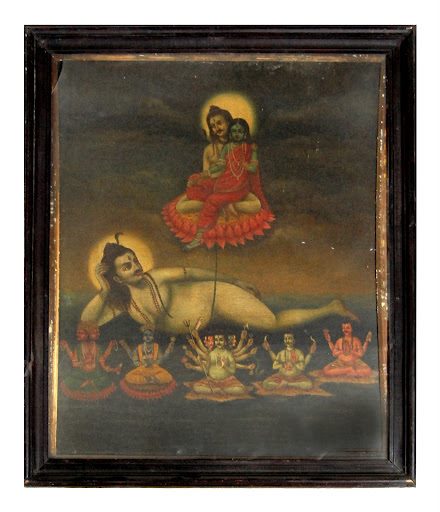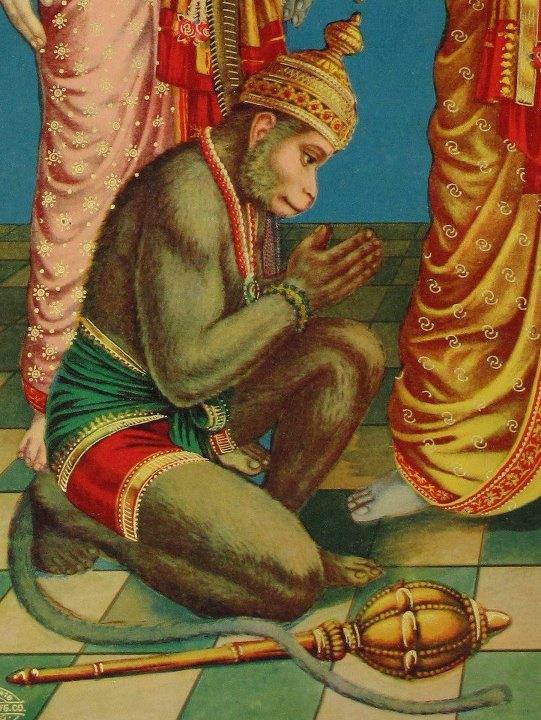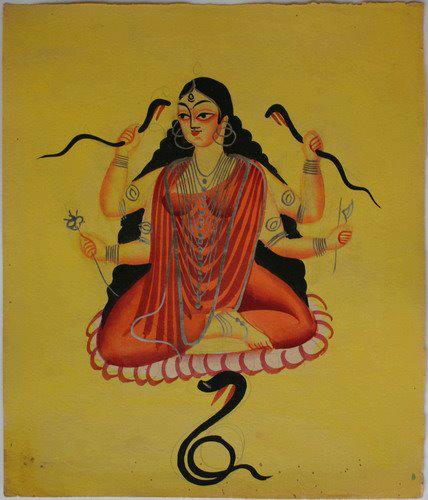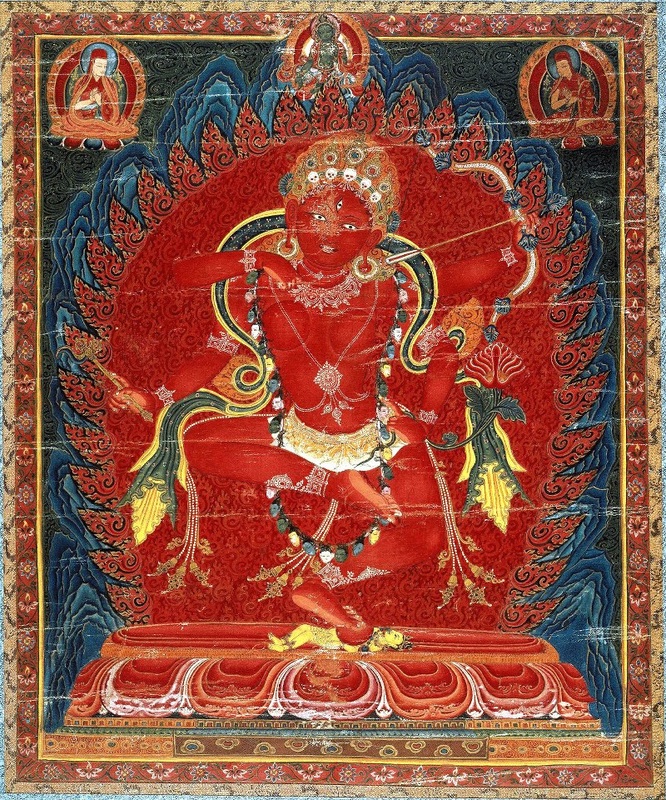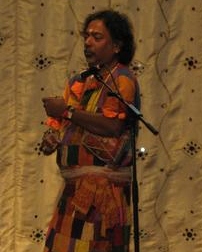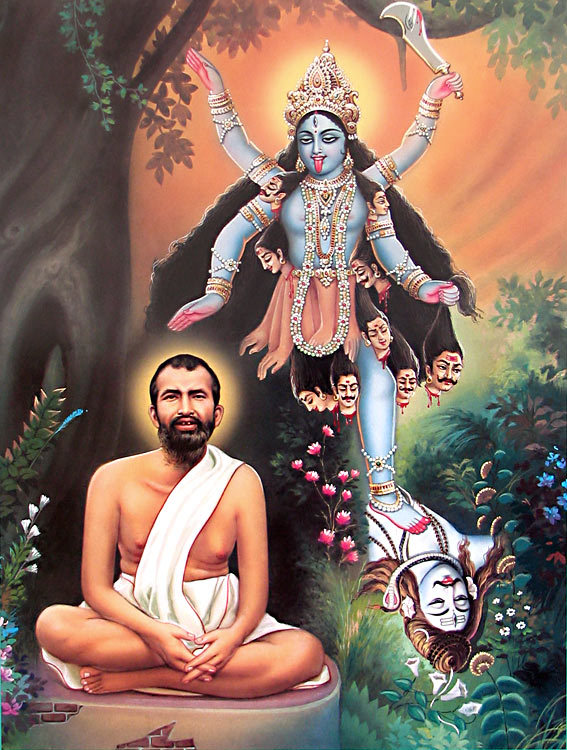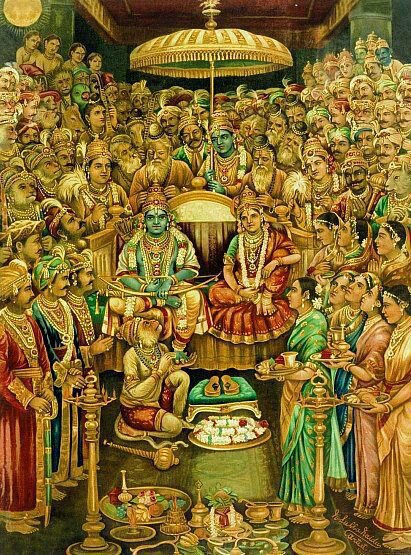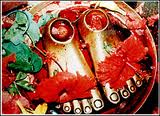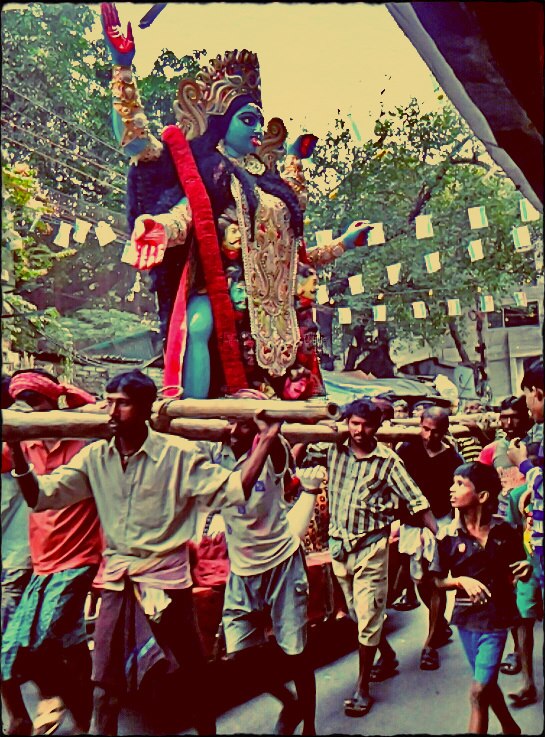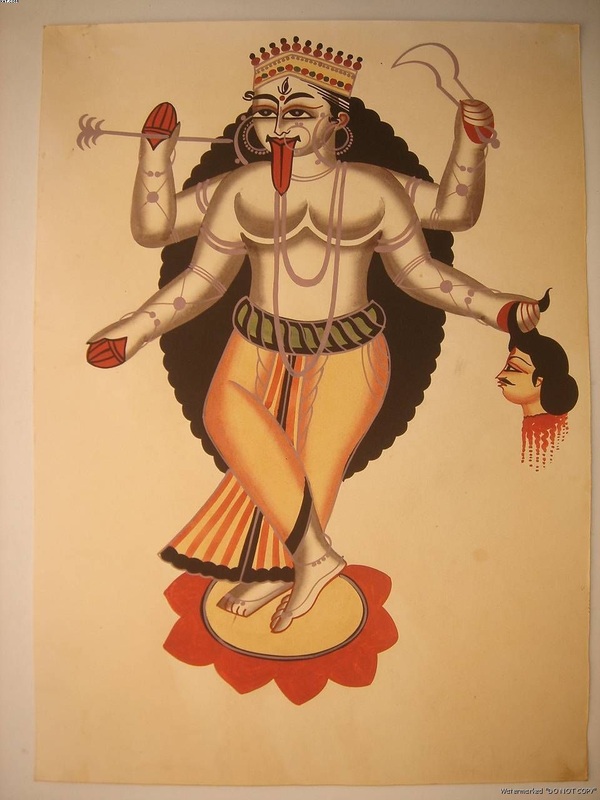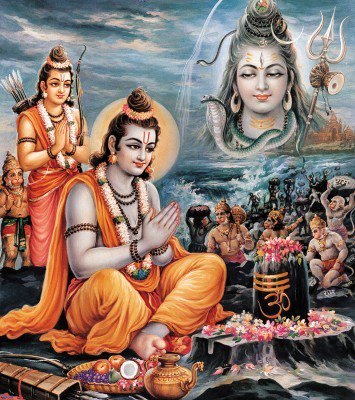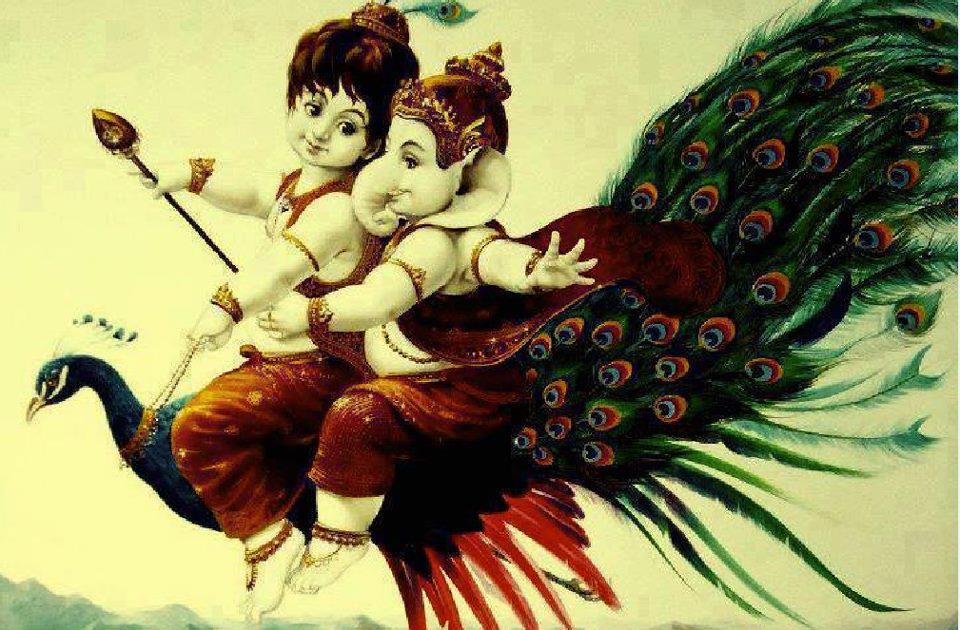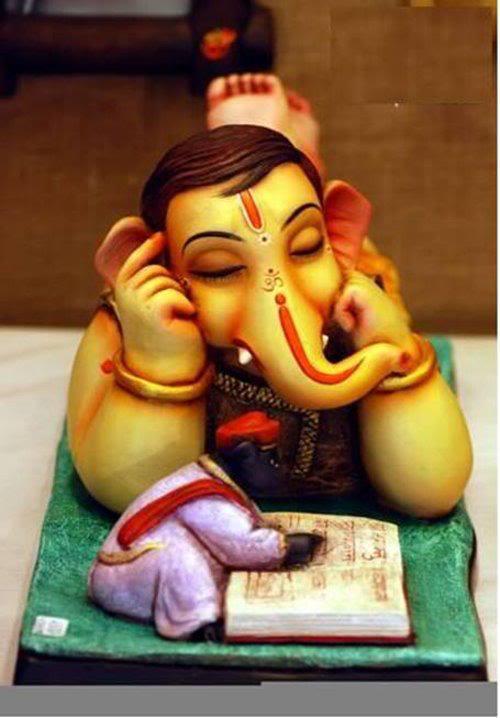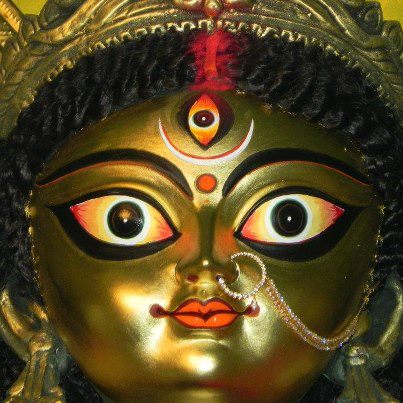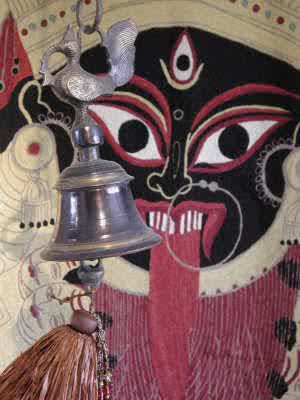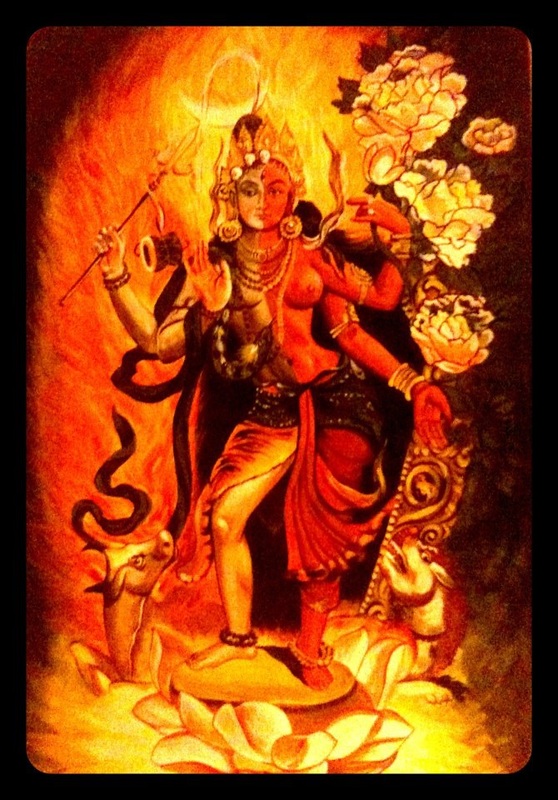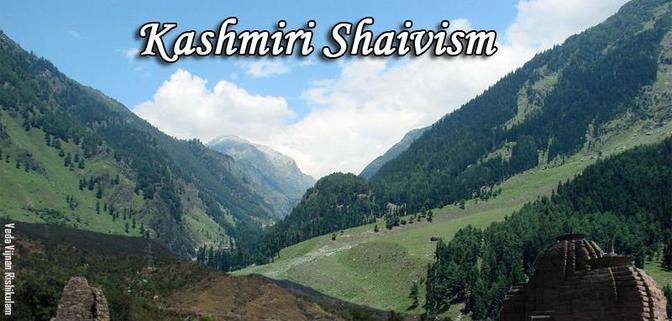
Kashmiri Saivism originated in the trans Himalayan region around 4th century AD. As the name implies, it grew into prominence in the area presently known as Jammu and Kasmhir. Kashmiri Saivism derives its beliefs and practices mostly from the concept of monism or non-dualism (advaita), but differs from the latter in some fundamental ways. Historians usually credit Adi Shakaracharya as the chief protagonist of the Advaita schoolof thought who made it popular and contributed to its success. If we look at the historical development of Kashmiri Saivism, we cannot overlook its contribution in the development of Advaita as an important school of Hindu philosophy.
:: Historical Development ::
According to tradition, Triambakaditya, a student of sage Durvasa, is regarded as the first teacher of Kashmiri Saivism. His descendents continued the tradition for the next several centuries. Around 8th century AD, One of them named Sangamaditya migrated to the region presently known as Jammu and Kashmir and introduced the
tradition there.
Vasugupta's Sivasutras is believed to be the original inspiration for the emergence of Kashmiri Saivism as a separate school. Kashmiri Saivism also goes by other names such as Trika Saivism, Spanda Saivism andPratyabhigna Saivism. These three represent three distinct approaches or perspectives within Kashmiri Saivism without disagreeing on the fundamental concepts such as the unity of the soul and Siva. Trika Saivism emphasizes the three main principles of, pati, pasu and pasa or Siva, Shakti and anu, as one reality. Spanda Saivism refers to the dynamic power (Shakti) of Siva, or the first impulse (spanda), which is responsible for the manifestation of the pluralistic worlds. Pratyabhigna Saivism refers to the realization by an individual soul of its true identity with Lord Siva.
:: Literary Sources ::
Kashmiri Saivism produced many great siddhas and men ofwisdom and scholarship. According to tradition, the knowledge of Kashmiri Saivism was passed on to Vasugupta directly by Lord Siva himself in the form of
Siva-sutras. Vasugupta lived near Mahadeva mountains in the region of present day Srinagar sometime during the 8th - 9th Century AD. He passed on the knowledge to his disciples. Notable among them was Kallata who is credited with the authorship of Spanda-karika or Spanda-sarvasya.
Other important works that emerged out of this school of Saivism include:
Sivadristi by Somananda who was believed to be a disciple of Vasugupta
Pratyabhigna-sutra by Utpaladeva who was believed to be a disciple of Somananda
Paramartha-sara, Pratyabhigna-vimarsini and Tantraloka by Abhinavagupta who was also credited with 40 other works.
Vartika by Bhaskara
Sivasutra-vimarsini and Spanda-sandoha by Kshemaraja (10th-11th Century A.D.)
The above mentioned works and the works of Sri Sankaracharya on advaita (monism) in the context ofthe Agamas constitute the basic literature of Kashmiri Saivism. Among them, Trika Saivism draws its inspiration from Vasugupta's Siva-sutras and Bhaskara's Vartika; Spanda Saivism from Kallata's Spanda-karika or Spanda-sarvasya; and of Pratyabhigna Saivism from the works of Utpala and Abhinavagupta.
:: Contact With Islam ::
Kashmiri Saivism suffered a reversal during the Muslim rule of Kashmir beginning from the 14th centuryAD. It continued for the next 500 years, during which successive Muslim rulers of Kashmir indulged in want on destruction of Hindu temples, cruel suppression of Hinduism and massacre of Hindus. During this period of aggressive Islamic intolerance, the growing influence of Sufism was the only ray of hope for the Hindus.
Notable among the devotees of Lord Siva who lived during this period and contributed to the growth of Saivism in Kashmir was Lallesvari or Lalla. She lived in the 14th Century AD. Like Mirabai who excelled in her devotion to Lord Vishnu, Lallesvari represented the highest form of devotion to Lord Siva. She composed several devotional poems of high standard on L0rd Siva in Kashmiri language and contributed to the popularity of Saivism among the masses. According to Subhash Kak, her poetry formed "the basis of much of the Kashmiri worldview that emerged later " and shifted the emphasis "to the devotional aspect of Kashmiri Saivism"and the notion of recognizing one's true self as the basis of spiritual wisdom. Her poetry drew the attention of some followers of Sufism also like Nunda Rishi who was a contemporary of Lalla. He regarded Siva as the ultimate reality and composed several verses on Him reflecting the spirit of Pratyabhigna school and his belief that Siva could be realized by any one in one's own self through love and devotion.
:: Kashmiri Saivism and Mahayana Buddhism ::
Kashmiri Saivism has some parallels with Mahayana Buddhism, which was popular in the adjacent Himalayan kingdoms and with which it came into contact during the medieval period. According to B.N. Lalla, Kashmiri Saivism contributed to the integration of diverse cultures in Central Asia and interacted with Mahayana Buddhism positively, despite some fundamental differences. In his words:
"Kashmir Saivism, like Mahayana Buddhism, has played a key role in the assimilation of different cultures in Central Asia, while adopting the logic of the Buddhist Acharyas; it refuted the fundamental concept of Shunyavad and looked upon the creation of the absolute as real and as the manifestation of the light of intelligence or universal consciousness. It took the cardinal principles of social equality, individual liberty, absence of dogma and rituals from Buddhism. Like Mahatma Buddha being considered the saviour of mankind, the Saivas regarded the absolute Parma Siva as the creator, preserver and absorber. In his different aspects, he mainfests his shakti and withdraws it when His free will (Swatantrya) demands it. The individual is a mini shiva, who, when he recognizes his true self, becomes one with the universal consiousness. Somananda, the father of Pratyabhijna' philosophy, hailed from Tibet and naturally influenced the thought and ideology of those who lived in Central Asia."
:: Philosophy - Main Concepts ::
:: Lord Siva::
According to Kashmiri Saivism, Siva is the one, indivisible, eternal, ultimate, absolute self, the highest reality, infinite consciousness and a state of unfettered freedom. He is the self of all animate and inanimate beings, whois both immanent and transcendent. He is also the changeless, subjective reality underlying the universe from which everything ensues and into which everything dissolves. He is the absolute, supreme lord, beyond which there is nothing else. Kashmiri Saivism does not emphasize the need for devotional worship of Siva as a personal god for self-realization. The relationship between Siva and the individual soul is not that of a servant and master but of equality and essential identity. Devotional worship may be suitable for certain types of personalities but is comparatively inferior to the devotional approach of surrender and trust prescribed for the most promising and advanced seekers.
:: Shakti ::
Shakti is the dynamic aspect or energy of Siva. She has an infinity of aspects such as chit-Shakti (the power of intelligence), ananda-Shakti (the power of freedom), iccha-Shakti (the power of will), gnana-Shakti (the power of knowledge) and Kriya-Shakti (the power of creative action). The objective world or universe that we perceive as ours, with all its constituent and disparate objects, is an expansion of Shakti. Since Siva is the ultimate reality, Shakti should not be mistaken as something different from him.here is no difference between Siva and Shakti. Shakti is an indistinguishable aspect of Siva performing a specific set of tasks with no distinction of her own. Whatever distinction we perceive exists, because we cannot understand Siva otherwise. The duality is an illusion created by our ignorance and limitations.
In the highest absolute self all is one without a second and without any
movement.
:: The Objective World ::
Kashmiri Saivism differs from Sankara's Advaiata in that it does not consider the manifest world as unreal. The world in which we live and with which we interact is a projection of Siva's dynamism and as real as Siva himself. If God is real, everything that emanates from him must be as real. By his free will Siva manifests the objectivereality within himself using himself as the qualities of nature, the source (tattvas) and substratum. Siva and his creation are as inseparable as the reflection of objects in a mirror and the mirror itself. The reflection of the objects and the mirror which reflect them exist within the mirror and they are inseparable. Similarly the manifested worlds of Siva and their constituent parts do not exist outside of Siva but only as reflections within him without any independent existence of their own. Thus according to Kashmiri Saivism, Siva and his creation are both real and inseparable.
:: The Purpose of Creation ::
Siva creates the worlds through his dynamic Shakti for the pure joy (ananda) of rediscovering himself through his individual selves. He creates this game of creation and plays it within himself, repeatedly from one creative cycle to another, using himself as the resource and playground, the subject as well as the object, the goal as well as the means for his own joy. Using his free will, he hides himself or conceals his God consciousness in his limited selves, in order to rediscover himself or find himself and realize through his limited selves that what he was looking for was already there and never lost.
:: The Individual Soul ::
According to Kashmiri Saivism, there is no difference between Siva and the jivas. They are one and the same. The soul is of the nature of Siva. It is pure Siva consciousness. However because of the concealing power of Siva, the individual jivas become ignorant of their original nature and fail to experience their true consciousness which remains hidden with in them. Through his dynamic shakti he creates temporary ignorance in the jivasand subjects them to the three impurities of anava, karma and maya, because of which they believe themselves to be finite and separate and subject themselves to the laws of karma. The purpose of each Jiva is therefore to recognize its true nature and experiences its original Siva consciousness.
:: The Means of Liberation ::
Recognition (pratyabighna) of ones true consciousness is the door to freedom. This is achieved either by the direct intervention of an enlightened Guru or by self effort or by a combination of both. Available scriptures of this sect suggest three principal means of rediscovering Siva Consciousness, namely a superior sambavopaya, a not so superior saktopaya and an inferior anavopaya. These practices are not sequential because an aspirant is not expected to proceed sequentially from the first to the third. The reason why the help and guidance of a guru is emphasized in all sects of Saivism is because he alone will have the knowledge and experience to
decide which method will be appropriate for each aspirant depending upon the latter's propensity and previous effort.
:: Sambavopaya ::
According to the Tantraloka of Abhinavagupta, sambavopaya is the best and most effective means of gaining liberation. Sambavopaya means liberation through the grace of Siva or Sambasiva. In this method an aspirant has to give up all manners of personal and egoistic effort and place himself or herself at the feet of Lord Siva with complete faith and trust. It means one should give up all manner of mental and physical effort including the practice of any discipline or technique such as meditation, yoga, japa or devotional singing. Instead oneshould surrender oneself completely to Lord Siva or to the guru who embodies him consciously and wait for his grace to awaken the latent purifying energies and make possible the experience of Sambhu (Siva) or supreme consciousness.
:: Saktopaya ::
Saktopaya means liberation through the means of shakti or energy. Most of the methods used to awaken the latent energies or sublimate them to achieve higher states of consciousness are usually kept secret from thegeneral public. The practice of Kundalini yoga may be part of this method. In saktopaya one well known technique is called madhyam dhatva or centering. It is practiced by focusing ones attention on the space or junction or the silence between the end of one thought and beginning of another or the end of one mentalactivity such as perception and the beginning of another. When an aspirant learns to focus constantly on such intermittent spots, at some point during the practice, he would transcend his impurities and experience his trueconsciousness that has been hiding from him all along. The experience would be similar in some respects to the experience of sudden awakening achieved by the practitioners of Zen Buddhism using some cryptic expressions. No recitation of mantras or prayers or yogic practices are prescribed in this method either. What is important is to become aware of the gap in our mental activity and stay with it as often as possible so that someday the door will open and Siva consciousness will dawn with full brilliance.
:: Anavopaya ::
Anavopaya means liberation through anava (ego) or individual or personal effort. It is considered to be the inferior and most tedious of the three and involves the refinement and advancement of individual soul (anu) through many mental and physical practices. Some of the most commonly used practices are breathingexercises, concentration, meditation and the recitation of mantras and prayers. Breathing exercises may help an aspirant to cleanse the body and mind of impure energies. The practice of concentration may help the aspirant to discipline the mind and quieten the thoughts. The practice of meditation, contemplation and recitation of mantras and prayers may help an aspirant to stay on the path and remain in a particular spiritual state of mind for longer periods of time so that one can sow the seeds for a better and spiritually conducive future life.
:: Anupaya and Moksha ::
Anupaya means a state where no further effort or technique is needed. It is the state of highest freedom inwhich there is no scope for further advancement or no need for any gain or no desire for any fulfillment. It is a state of complete fulfillment, complete liberation and situated within itself and by itself. It is also the state of theJiva that has been lost sight of. When we realize that a Jiva has always been free and what appears as bondage for so long has only been an illusion, one realizes the difficulties in expression the process and path of liberation.
According to Kashmiri Saivism Siva and the individual soul are one and the same reality. So when a Jiva is created or liberated, we cannot say that it has lost or gained its true consciousness, for it has never lost or gained its true consciousness, even for a second. The Siva consciousness has always been there in each Jiva and was never lost or transformed. Therefore the use of any of the words that imply gain or loss of Siva consciousness is an anathema in Kashmir Saivism. It denotes duality between Siva and jiva which is not acceptable inKashmiri Saivism. Even such expressions as process or journey or path to denote the progress of the jiva on the spiritual path would imply the movement of the soul from one point to another in space and time which means duality and separation in space and time between Siva and the individual soul. From this philosophical perspective the state of liberation is best described as becoming filled with wonder to know suddenly what one has always been and all along. In liberation nothing has been truly gained or nothing has been truly lost butsimply one realizes what one has always been. As in the words of Abhinavagupta it is only a change in the point of view or in the words of Gaudapada, "a change in vision"
:: Being and Becoming ::
What happens when an individual soul realizes this state while still upon earth? Is there anything
for it to do? Will it be able to maintain its absolute state of consciousness all the time or only during the meditative and contemplative states? Will it alternative between the two realities or remain always in the highest state? And what happens when it leaves the body? We have accounts of the lives of peoplelike Utpala who experienced ecstatic states after regaining the state of Siva and continued to live in the awakened state. From such examples we understand that once an individual is in the highest state of Siva, his or her mind and the body may continue to perform their natural functions but the consciousness remains firmly fixed in Siva. This is the state of anupaya or no other means. The soul has regained its true consciousness and complete independence. There is nothing else to be done or nothing else to be realized. Finally when it leaves the human body, it becomes the mirror, Siva Himself.
by Jayaram V
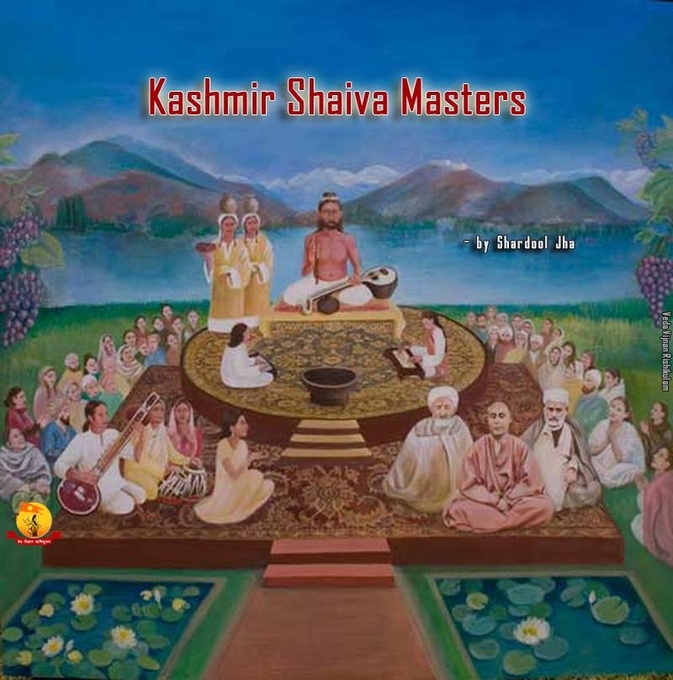
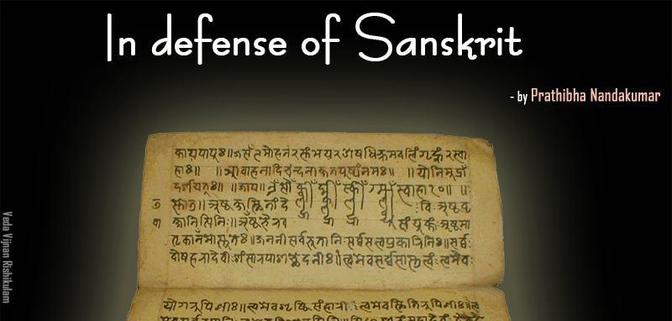

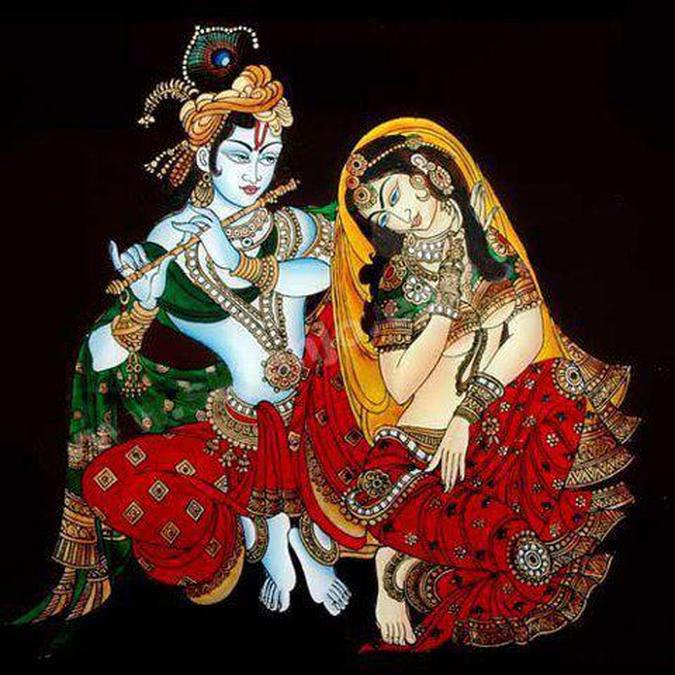
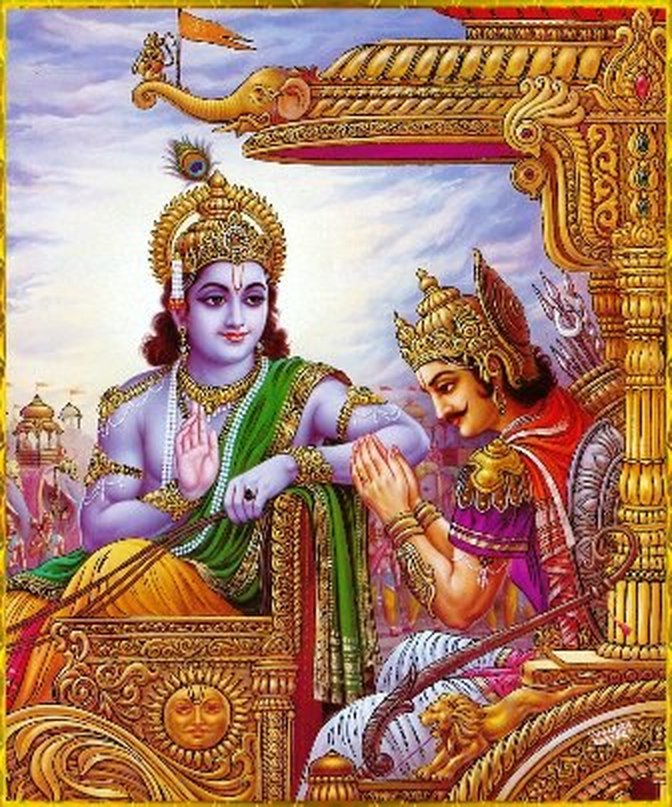
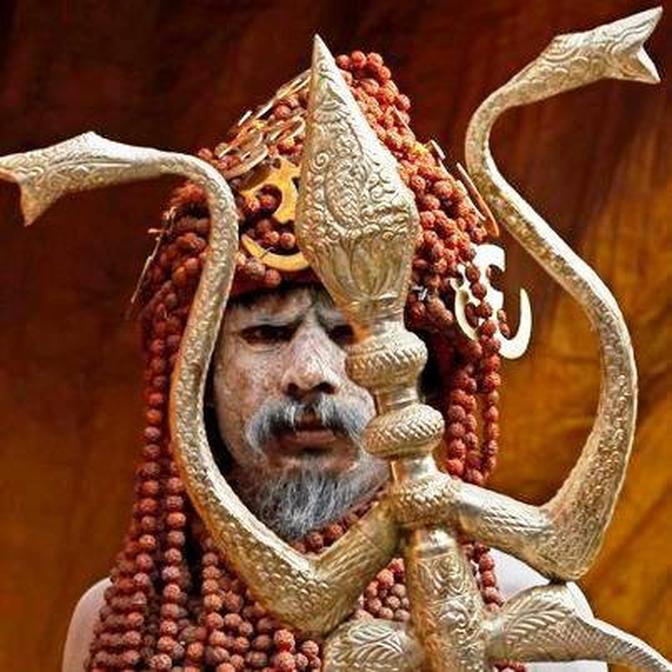
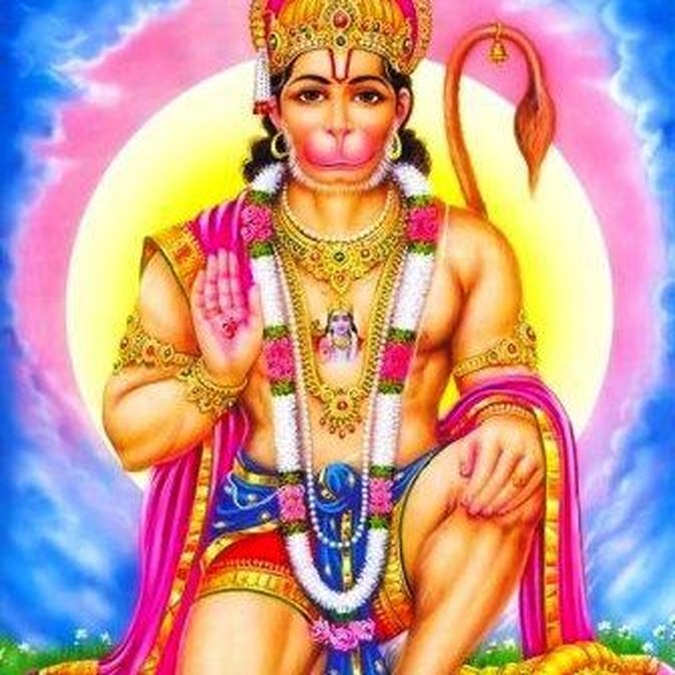
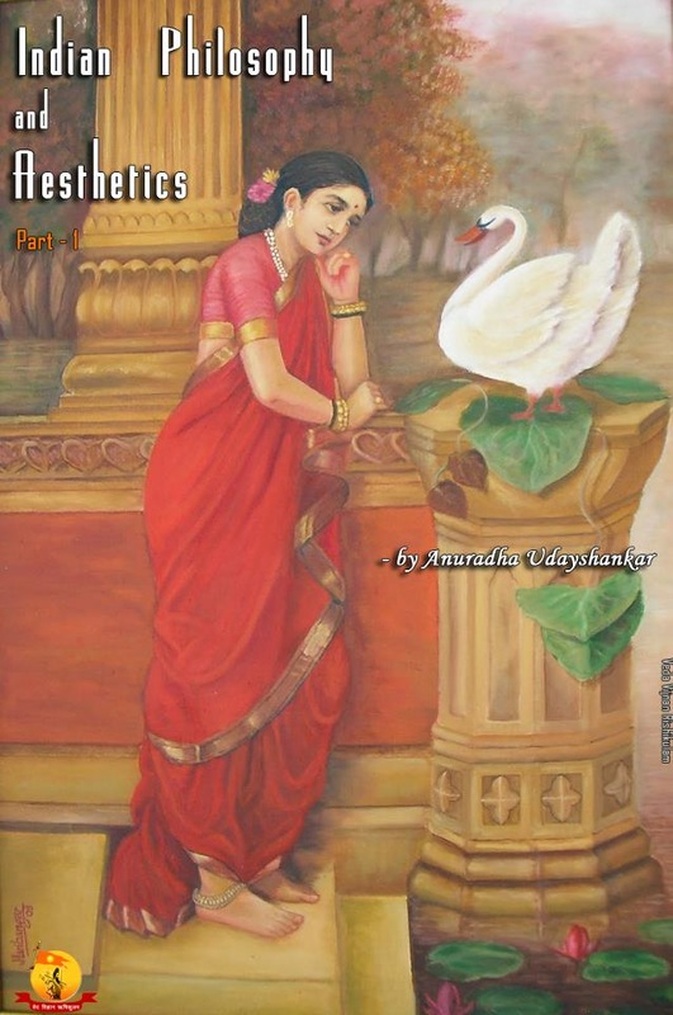
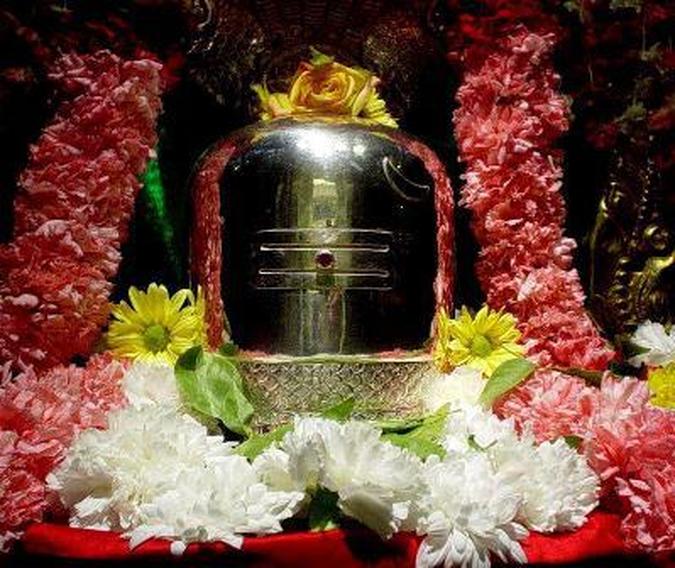

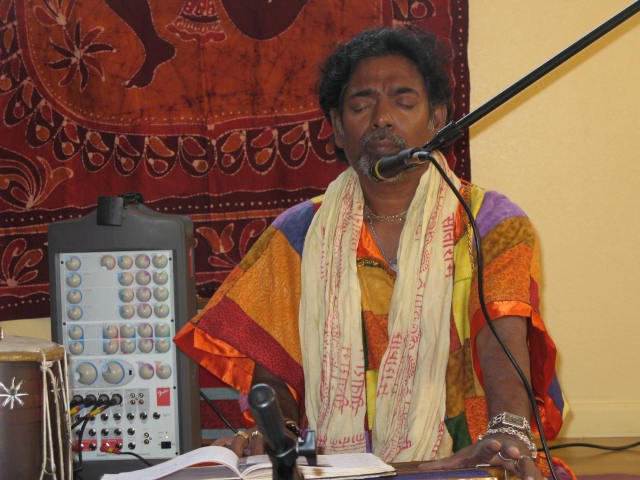
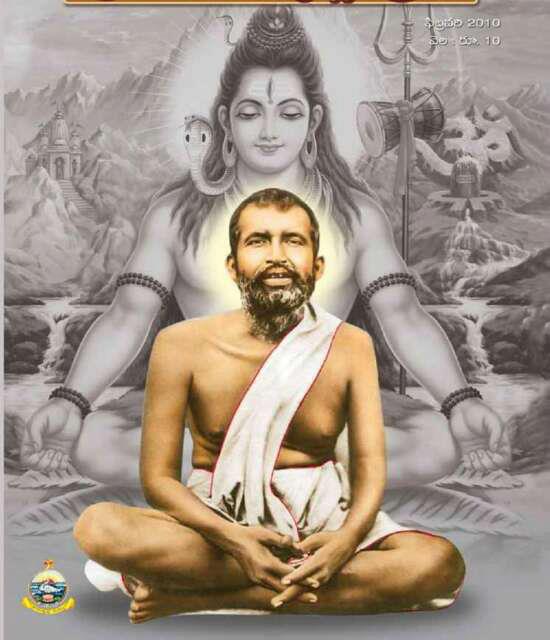

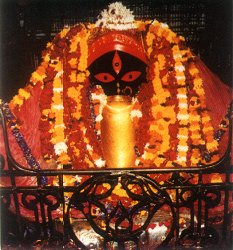
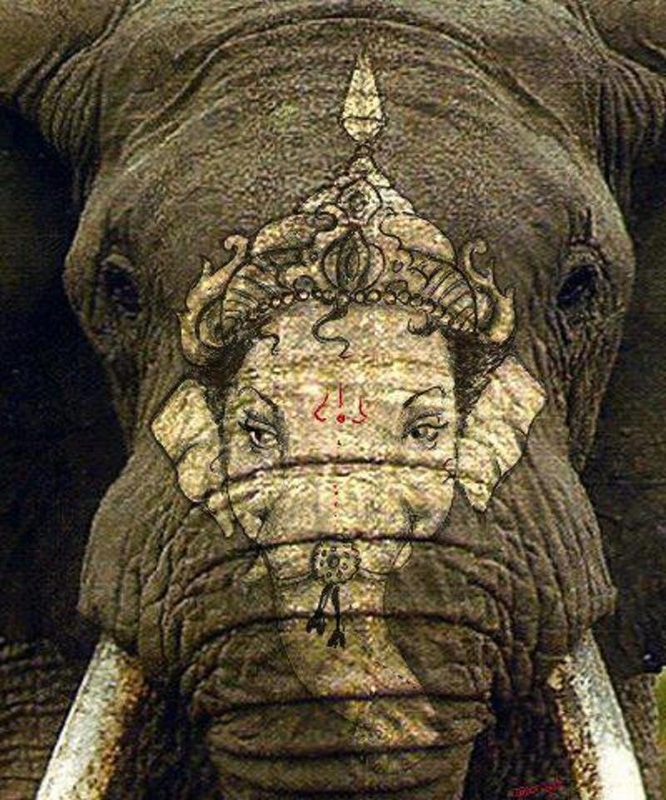
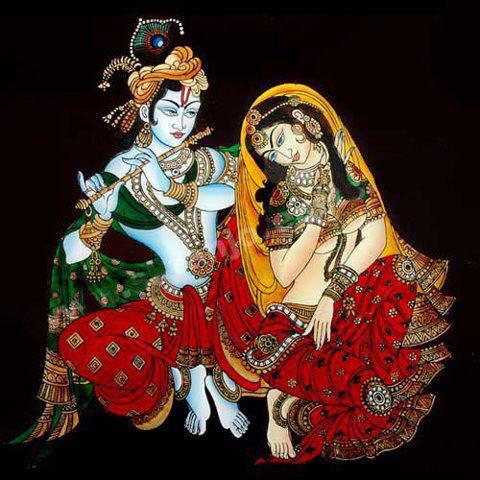
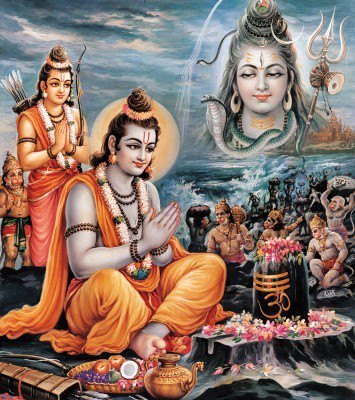
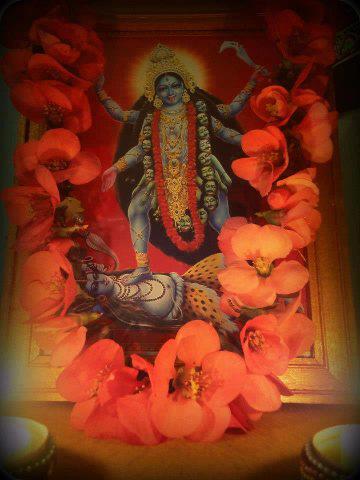
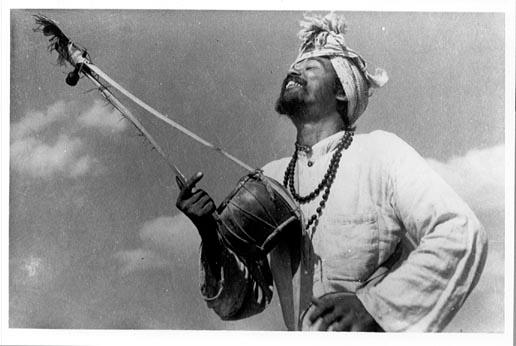
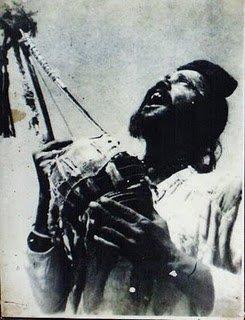
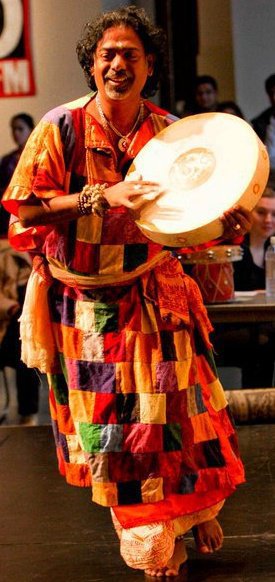
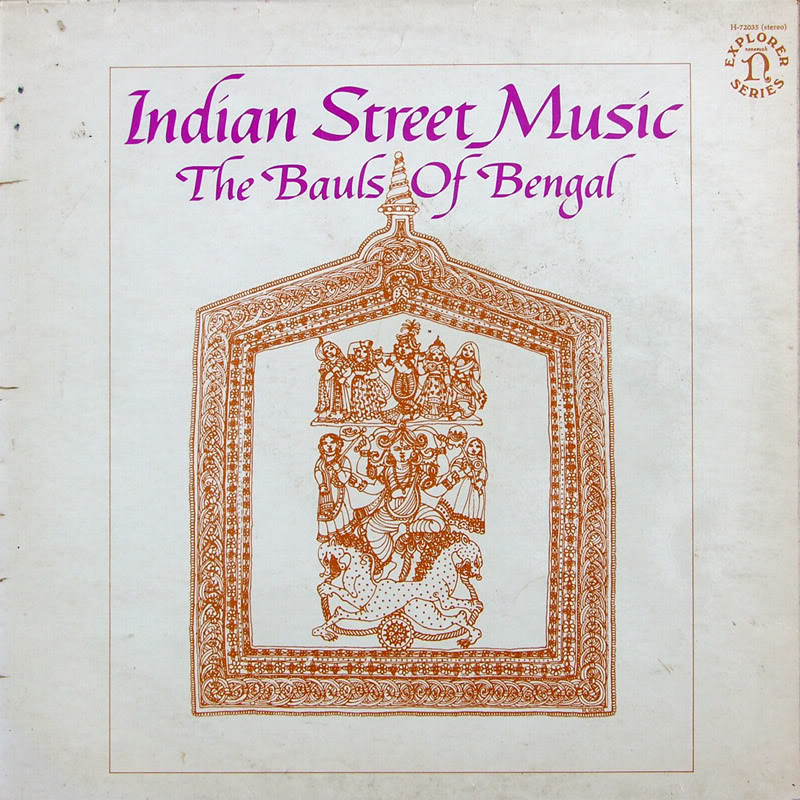
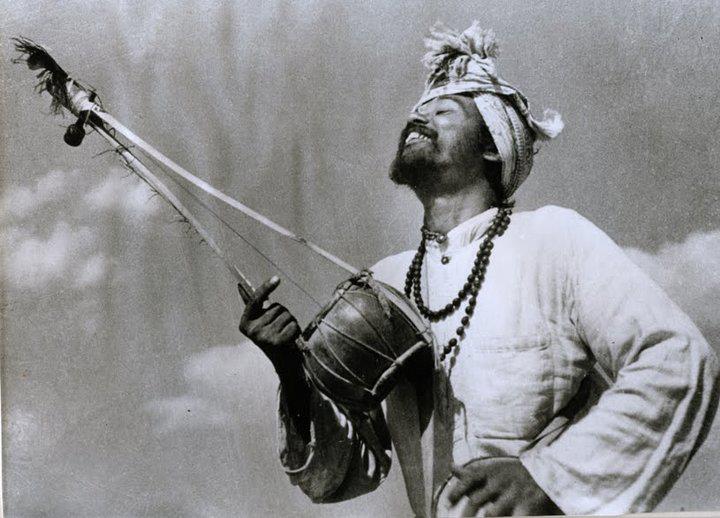
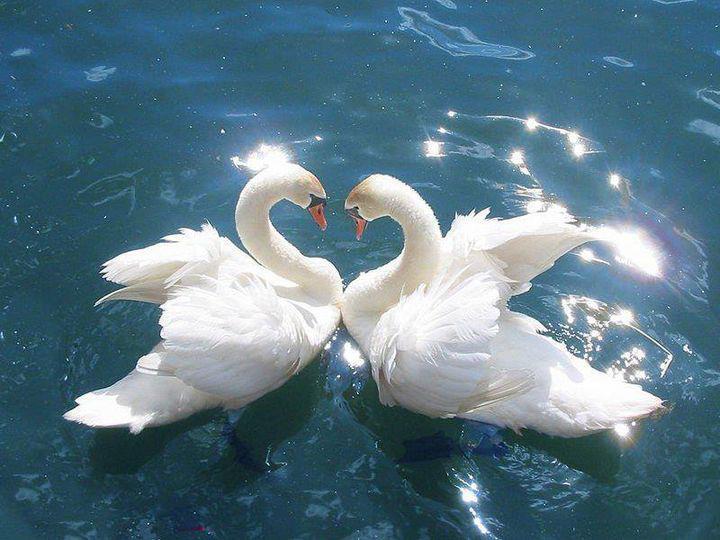
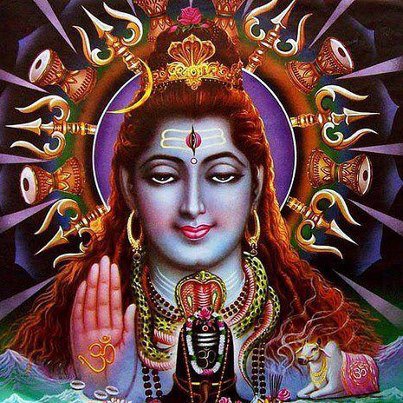
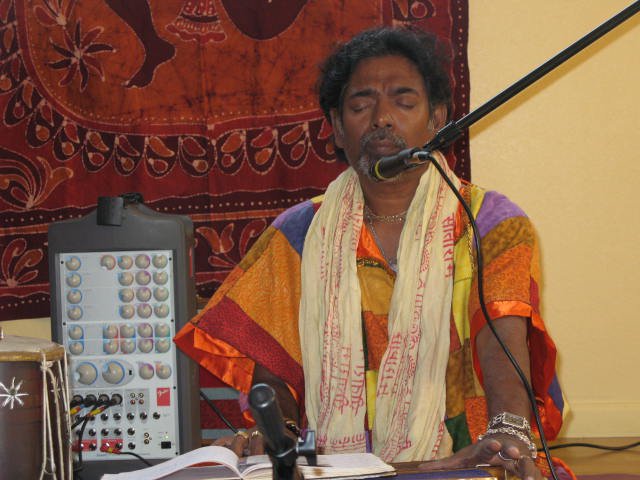
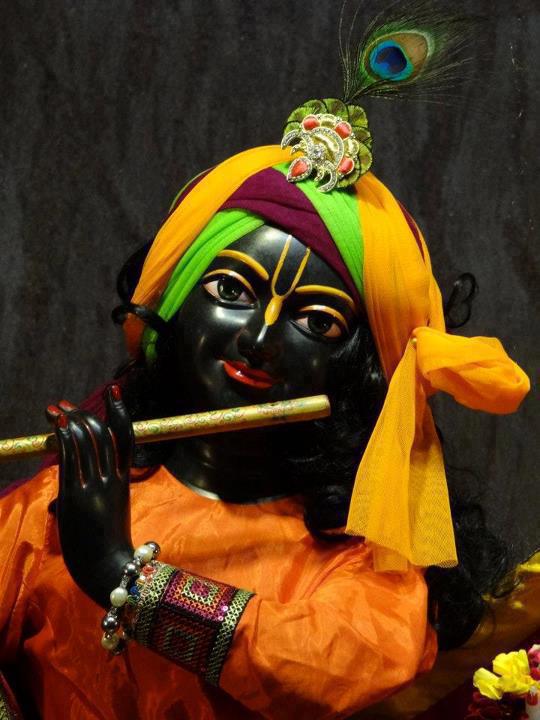
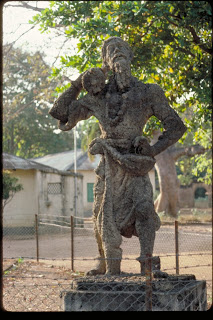
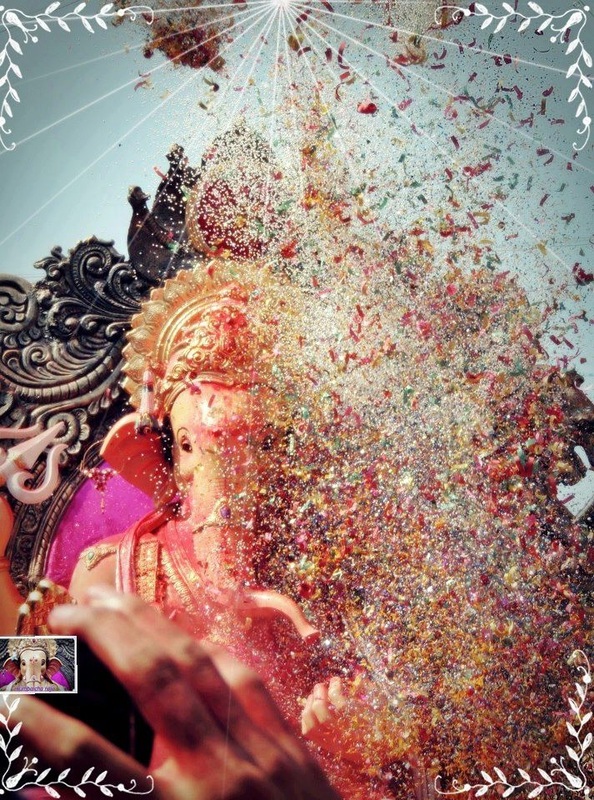
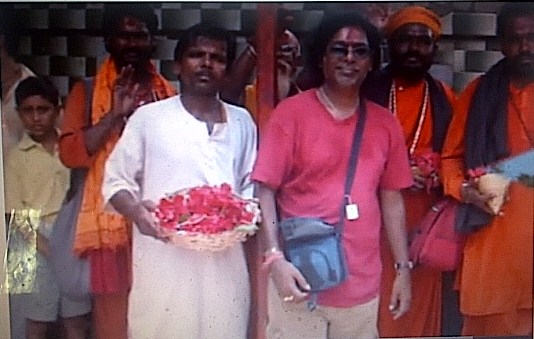
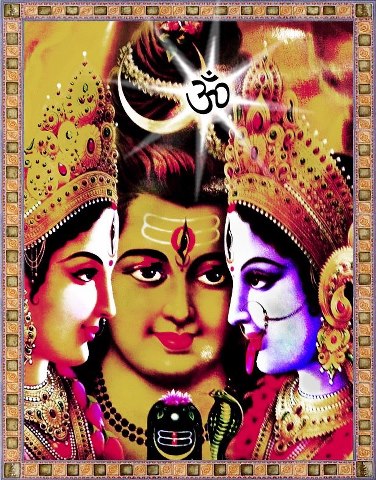
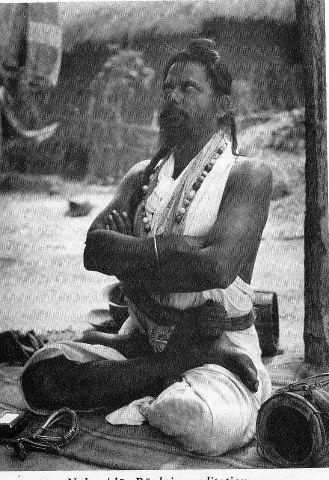
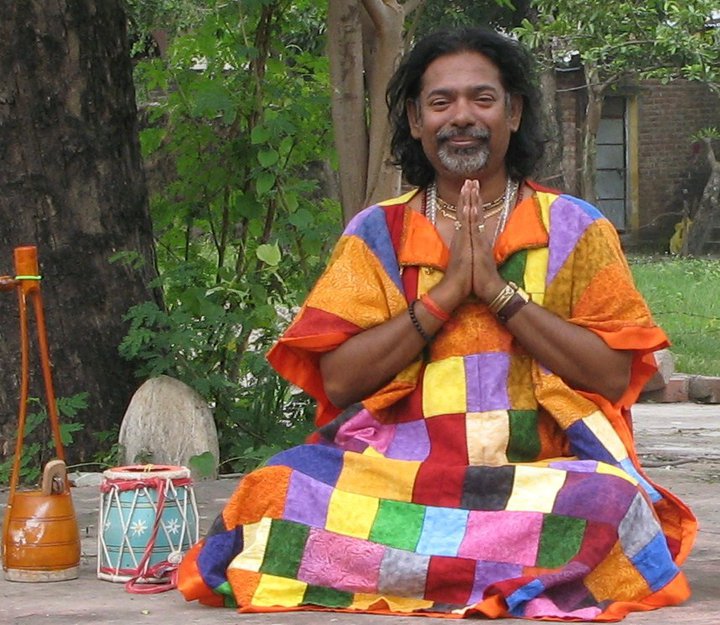
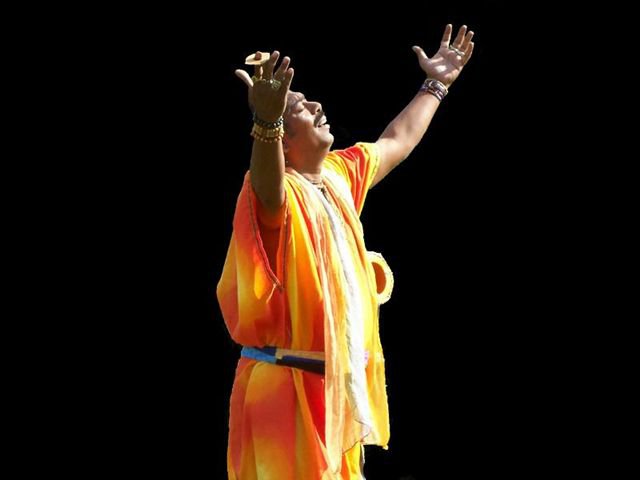
 RSS Feed
RSS Feed
